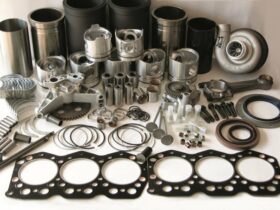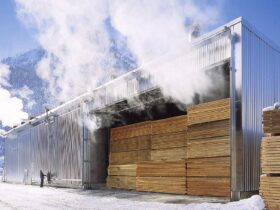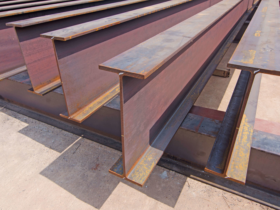As soon as we all, people who live in panel houses, begin to notice all the changes in the weather on ourselves. This problem appears due to the fact that the seams have poor tightness. If you do not pay attention to this problem, then this is fraught with the appearance, mold, fungus, dampness in the apartment and the appearance of cold.
This problem also harms the walls of the houses, starting the slow process of their destruction, and in addition to panel seams, there are still interior seats in which poor tightness also appears, such a problem is not so fraught with consequences as the tightness of panel seams, however, the phenomenon is also not pleasant. How to solve the problem of tightness of panel seams?
Correctly in this case, seaming of seams in panel houses will help us. There are several ways for this. The first of them and the least effective is sealing seams using sealing mastic. Another way will be the use of high defects by solution and sealing seams. For this method, significantly large cash costs will be required, but the effectiveness of it is as low as in the first.
One of the most optimal options for solving the issue of sealing seams in panel houses will be the use of mounting foam for sealing and insulation of the apartment. This method is affordable for most apartment owners. In order to seal the seams, it will be a good cleaning of the seams and with the help of a special nozzle apply the foam evenly along the gap, and after it dries, somewhere usually in a day the remains of the pool foam are cut off with a knife.
Another sealing method is the use of tubular polar sealant. This method is the most advanced, since this material is of different thicknesses and is designed for different seams. The advantages of this sealant are that he is not scared of decay, he is environmentally friendly and does not pass water. For the tog, in order to fill the interpanel seams use a hollow insulation inside, due to the fact that it is elastic.
The width of the insulation tube should be 10-20 % more than the seam itself. Longitudinal cutting of such insulation is prohibited due to the loss of their properties to them. The insulation is mounted in the seam using a wooden spatula, it is forbidden to highly roll it into the seam, on both sides you need to leave gaps about 1 — 3 mm. Of the minuses of such insulation, it should be distinguished that if it is poorly stacked, this is fraught with moisture absorption, freezing. Which of the proposed methods of sealing seams to use — the choice is yours! Title: H1<seaming of seams in panel houses> H2<seaming of seams in panel houses>













Оставить коммент.